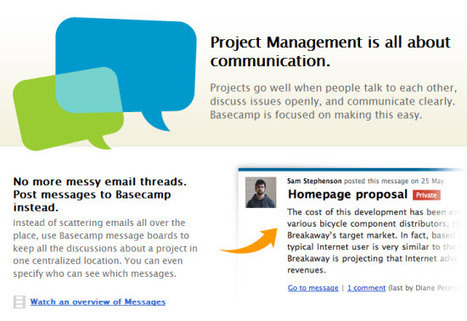Your brand is the core of your business.

As I have written in some of my other posts, maintaining brand consistency extremely important to customer relationship management, marketing, product development, advertising, company relationship with employees,and basically every facet of your company.
This article by Ben Erickson is a perfect breakdown of why maintaining your brand should always be at the top of your list. He does a great job of explaining how branding is important to your customers, differs by business size, and the team you will need to maintain it all. I highly recommend checking out his post What is Business Branding?

 I recently read a very interesting article in Inc. magazine by Paul Schoemaker;
I recently read a very interesting article in Inc. magazine by Paul Schoemaker; 


